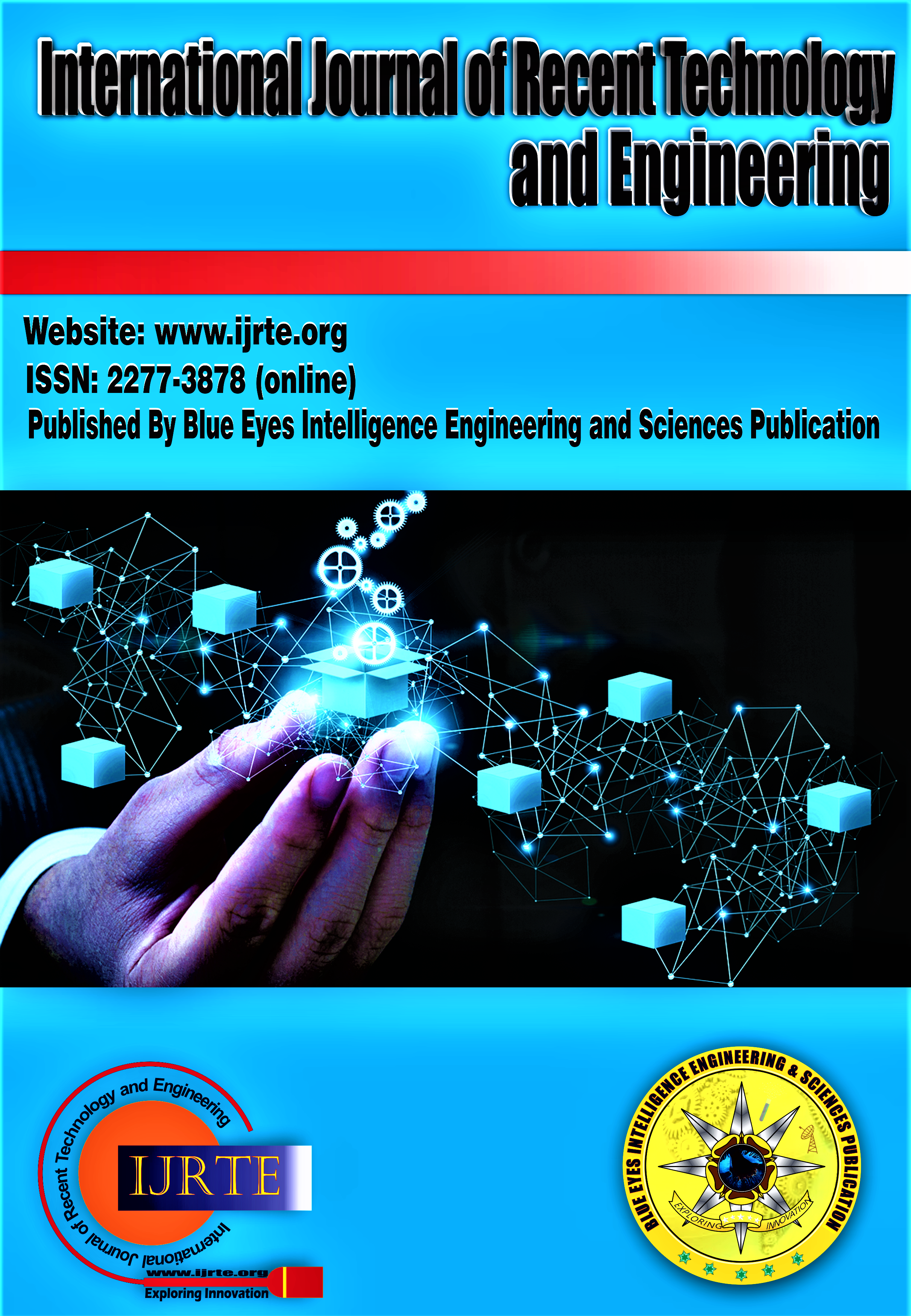A Deep Learning Based Non-Destructive Method for Estimating Concrete Strength using Continuous Wavelet Transform of Vibration Signals Acquired using A Smartphone’s Accelerometer
Main Article Content
Abstract
Most non-destructive tests of concrete require sophisticated equipment and training; in this work we aim to develop a simple method to estimate the strength class of cylindrical concrete samples based on vibrations signals that are collected after striking a concrete cylinder with a hammer. The vibration signals were collected by attaching a smartphone to the concrete cylinder and logging the vibrations registered via the smartphone’s built-in accelerometer. The acquired 1-D vibration signals are trans-formed to 2-D scalograms using continuous wavelet transform. Scalograms are then used to train a deep learning model to predict the strength class. Preliminary findings show that the model is capable of classifying the strength of concrete to low, high, or medium. The developed model achieved a high accuracy of 91.67%. The promising results of this work shed light into the future of smartphone-based measurements of construction materials’ properties.
Downloads
Article Details
Section

This work is licensed under a Creative Commons Attribution-NonCommercial-NoDerivatives 4.0 International License.
How to Cite
References
Yeh, I.-C. Modeling of strength of high-performance concrete using artificial neural networks. Cem. Concr. Res. 1998, 28, 1797–1808.
Lee, S.-C. Prediction of concrete strength using artificial neural networks. Eng. Struct. 2003, 25, 849–857.
Bui, D.-K.; Nguyen, T.; Chou, J.-S.; Nguyen-Xuan, H.; Ngo, T.D. A modified firefly algorithm-artificial neural network expert system for predicting compressive and tensile strength of high-performance concrete. Constr. Build. Mater. 2018, 180, 320–333.
Alghamdi, S. J. (2022). Classifying High Strength Concrete Mix Design Methods Using Decision Trees. Materials, 15(5), 1950.
Deng, F.; He, Y.; Zhou, S.; Yu, Y.; Cheng, H.; Wu, X. Compressive strength prediction of recycled concrete based on deep learning. Constr. Build. Mater. 2018, 175, 562–569.
Erdal, H.; Erdal, M.; Simsek, O.; Erdal, H.I. Prediction of concrete compressive strength using non-destructive test results. Comp. Concr. 2018, 21, 407–417.
Williams, K.C.; Partheeban, P. An experimental and numerical approach in strength prediction of reclaimed rubber concrete. Adv. Concr. Constr. 2018, 6, 87.
Kasperkiewicz, J.; Racz, J.; Dubrawski, A. HPC strength prediction using artificial neural network. J. Comput. Civ. Eng. 1995, 9, 279–284.
Dias, W.; Pooliyadda, S. Neural networks for predicting properties of concretes with admixtures. Constr. Build. Mater. 2001, 15, 371–379.
Öztaş, A.; Pala, M.; Özbay, E.A.; Kanca, E.; Caglar, N.; Bhatti, M.A. Predicting the compressive strength and slump of high strength concrete using neural network. Constr. Build. Mater. 2006, 20, 769–775.
Ghafari, E.; Bandarabadi, M.; Costa, H.; Júlio, E. Prediction of fresh and hardened state properties of UHPC: Comparative study of statistical mixture design and an artificial neural network model. J. Mater. Civ. Eng. 2015, 27, 04015017.
Almohammed, F.; Sihag, P.; Sammen, S.S.; Ostrowski, K.A.; Singh, K.; Prasad, C.; Zajdel, P. Assessment of Soft Computing Tech-niques for the Prediction of Compressive Strength of Bacterial Concrete. Materials 2022, 15, 489.
Nafees, A.; Javed, M.F.; Khan, S.; Nazir, K.; Farooq, F.; Aslam, F.; Musarat, M.A.; Vatin, N.I. Predictive Modeling of Mechanical Properties of Silica Fume-Based Green Concrete Using Artificial Intelligence Approaches: MLPNN, ANFIS, and GEP. Materials 2021, 14, 7531.
Alshihri, M.M.; Azmy, A.M.; El-Bisy, M.S. Neural networks for predicting compressive strength of structural light weight concrete. Constr. Build. Mater. 2009, 23, 2214–2219.
Siddique, R.; Aggarwal, P.; Aggarwal, Y. Prediction of compressive strength of self-compacting concrete containing bottom ash using artificial neural networks. Adv. Eng. Softw. 2011, 42, 780–786.
Topcu, I.B.; Sarıdemir, M. Prediction of properties of waste AAC aggregate concrete using artificial neural network. Comput. Mater. Sci. 2007, 41, 117–125.
Sadegh-Azar, H.; Feldbusch, A.; Agne, P.; Kögel, C.: Schwingungsuntersuchungen mit dem Smartphone und Tablet, Bauingenieur, Mai 2017
LeCun, Y., Boser, B., Denker, J. S., Henderson, D., Howard, R. E., Hubbard, W., & Jackel, L. D. (1989). Backpropagation applied to handwritten zip code recognition. Neural computation, 1(4), 541-551.
Szegedy, C., Liu, W., Jia, Y., Sermanet, P., Reed, S., Anguelov, D., ... & Rabinovich, A. (2015). Going deeper with convolutions. In Proceedings of the IEEE conference on computer vision and pat-tern recognition (pp. 1-9).





